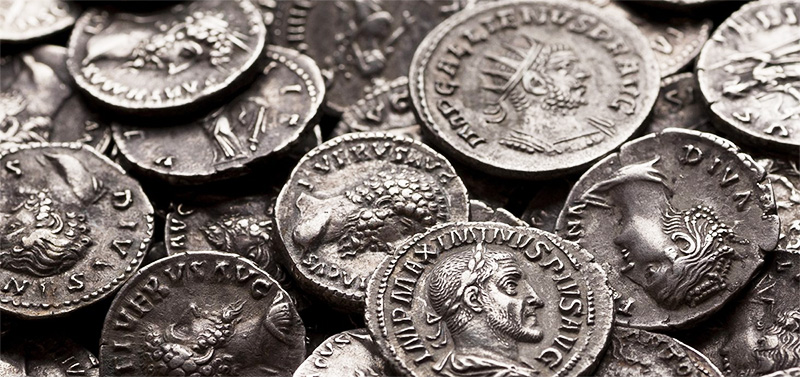
Ancient coins are the door to our distant past. What secret the old coins hold can only be unlocked by the fervent numismatist who not only collects coins but also studies the history of coinage.
Antique coins from the bygone eras are often snubbed by coin investors since they have lower coin values. But the joy in collecting ancient coins lies in the process of acquiring uncleaned old coins, and pouring over history and archaeology books to identify them.
The humble beginnings of the ancient coinage started when man devised a way to standardize the medium of exchange. People realized that bartering of goods is inefficient because the bargained item is of lesser value.
So hand-pounded metal chips were used in lieu of seeds, pottery, and livestock. As people began to develop more complex tools, the method for making coins became elaborate.
Exciting ways to collect ancient coins
Ancient coin collecting is perhaps the best way to dip your toes into the waters of numismatics. Not only are ancient coins easy to find, they also come in pocket-friendly prices when compared to rare valuable coins. Through the centuries, thousands of old coins were minted in European and Asian empires. These antique coins have outlived their creators. Today, archaeologists find hundreds of ancient coin hoards all throughout the world.
Most ancient coins are not found in major numismatic catalogues because they are hard to identify as with old Indian coins. Other antique coins which are easy to find have large supply yet low demand. Thus, this is why old coins are cheap in the numismatic market.
But before you even think about buying ancient coins, always remember the rule of thumb: buy the book before you buy the coin. The wise coin collector should make his little assignment prior to making major purchases.
Rather than buying from ancient coin collectors, some numismatists prefer to hunt for old coins by themselves. Metal detecting silver coins, or what is popularly called as coin shooting, has uncovered hidden coin treasures in prehistoric ruins.
Some collectors prefer uncleaned ancient coins. Though it takes great skill in cleaning old coins, the process is already part of the thrill. But there’s a great risk involved, too. You can damage your coin if you don’t know how to do it properly.
Tips and ethics in buying old coins
Even if ancient coins are offered for a low price and are readily available in the market, you should still be wary of counterfeits. Only buy old coins from trusted dealers. If you don’t know any, ask another coin collector you meet in a numismatic forum or coin club.
The best way to know about ancient coins is by attending a numismatic show or visiting a museum. You should know how a real antique coin looks so you can have a point of comparison when you’re looking at the fake one.
You should also be familiar with the ancient coin collecting ethics. On your part as a coin collector, you never purposely purchase ancient coins looted from museums and archaeological sites.
Protected sites and their surrounding areas are forbidden to sell or export ancient coins. Tourists who buy ancient coins near archaeological diggings might be held up by customs upon departure.
Plenty of ancient coin forgeries are sold in the internet where unsuspecting buyers are just won over by the attractive display. But even if you’re buying an old coin in person, don’t drop your guard either.
Dishonest ancient coin dealers and counterfeiters have clever ways to make ordinary coins look like they have really come from an archaeological sited.
Clues on how to spot fake ancient coins
Counterfeit old coins are more common than you think. How to identify fake ancient coins requires a good background on coin identification. Inspect the coins thoroughly and look for these tell-tale signs that they are fake:
The first you can notice is the coin’s patina or color. Artificial coin toning is widely used to evoke the patina of old coins. Coin toning on ancient coins is a natural chemical reaction or oxidation on the metal.
Counterfeit ancient coins often have a uniform patina. Remember, old coins have stood the harshest weather conditions. If the coin looks too good to be perfect, then it’s probably a fake.
Raise your suspicion if the coin’s edge is thoroughly flat or has no nicks at all. Getting a high grade ancient coin is virtually impossible.
Expect to find cracks and bent rims. But if you find a straight, fine line along the coin’s edge, there is a possibility that it’s an electrotype coin. Electrotyping is made by sandwiching lead between two coin plates. Electrotype coins give a dull thud during the ring test.
How to make money selling ancient coins
Old coinage like the ancient Greek coins are very common. Coin shops have hoards of antique coins. Understanding why ancient coins are sold very cheap is simple: their supply outnumbers their collector demand.
To top it off, most old coins are not catalogued in major numismatic books. Some ancient coin rarities like old gold coins from India can fetch higher prices.
Do not sell your ancient coin collection to regular numismatic dealers. There are designated ancient coin dealers who specialize in old coins. Regular coin dealers and sellers do not have buyers for your coin that is why they will offer you lower values.
On the other hand, an ancient coin dealer already knows the dynamics of the antique coin market and has already established connections with other antique coin collectors.

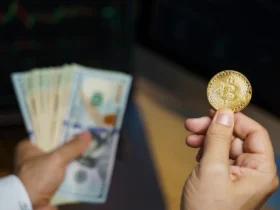

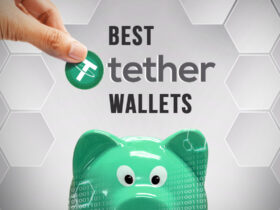
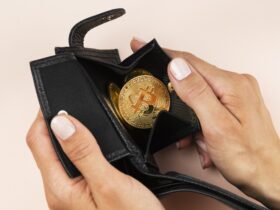
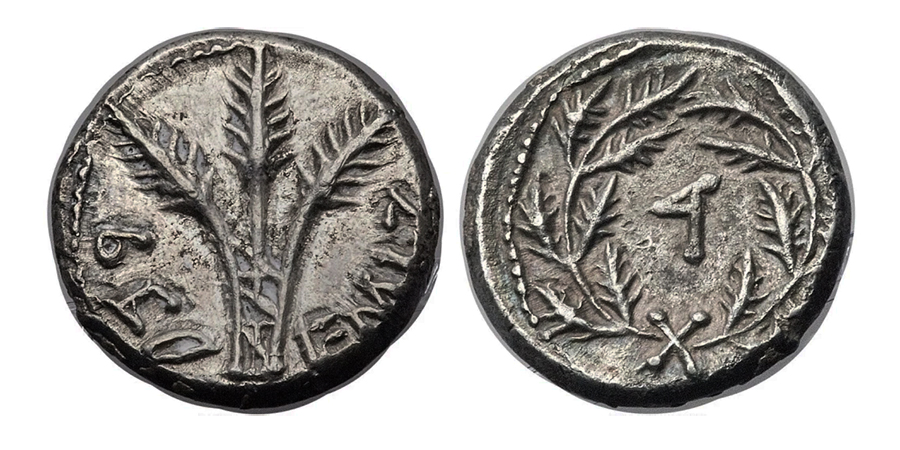
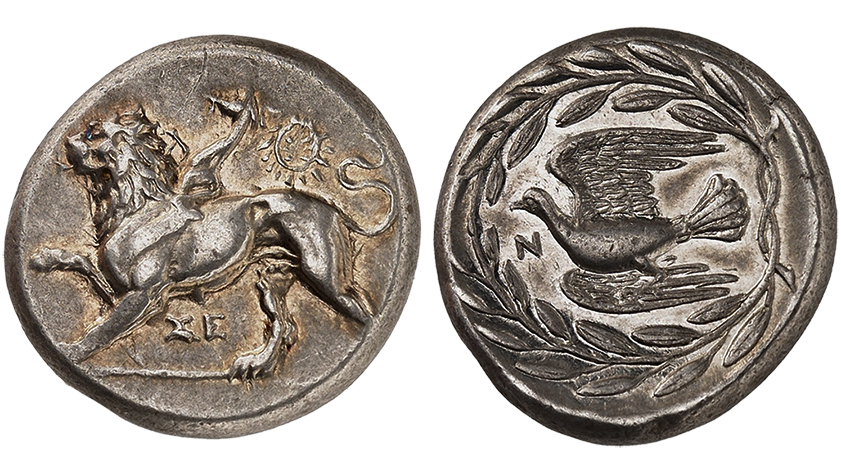
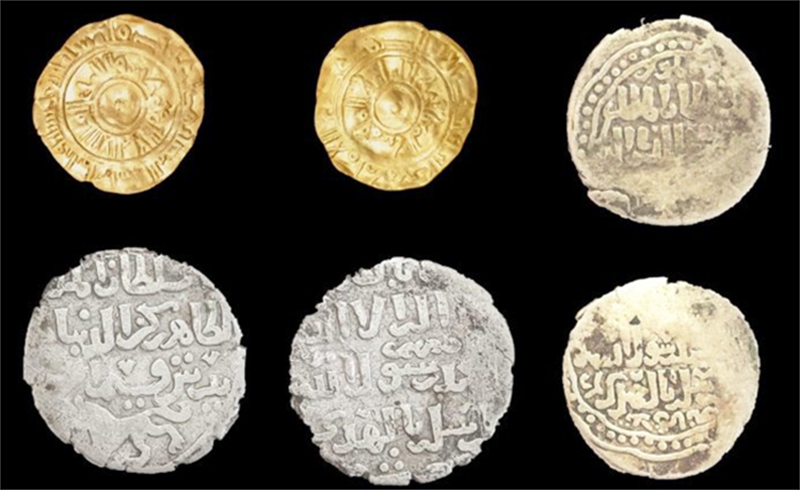
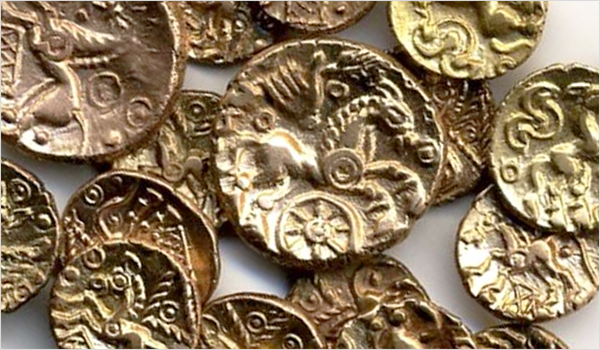

Leave a Reply